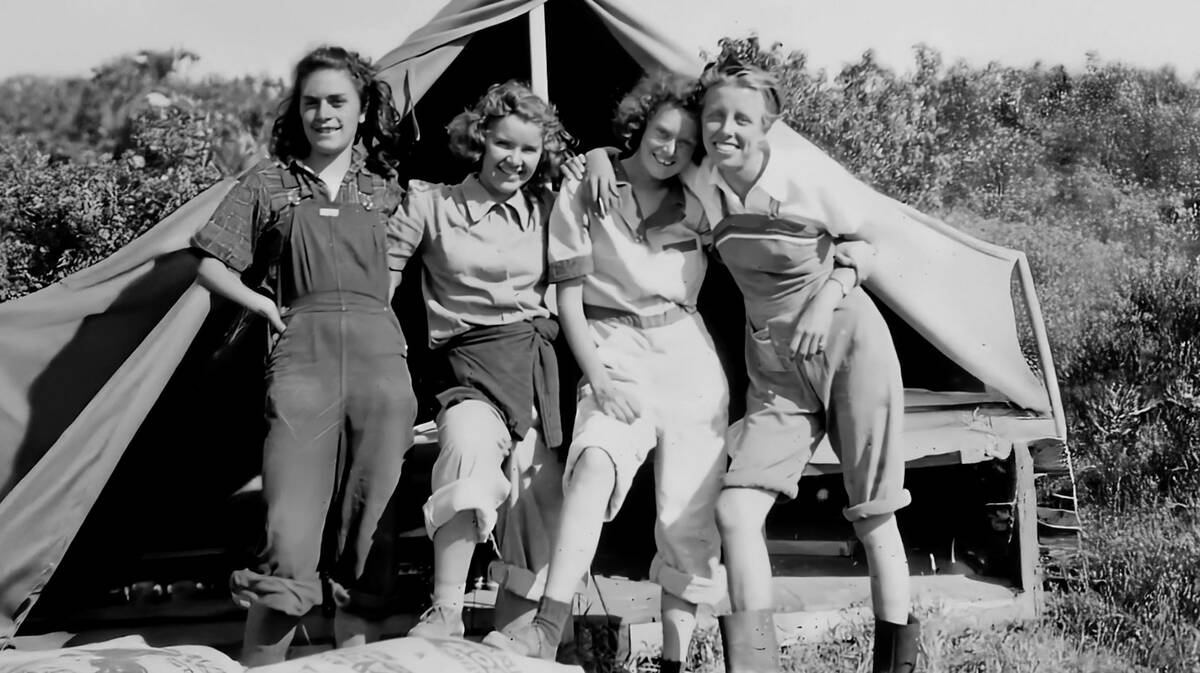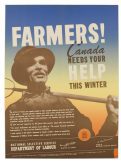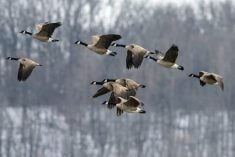Vehicles kill four to eight large mammals every hour on Canada’s roads.
In one 44 kilometre stretch of Highway 3, which is Alberta’s second busiest highway, 150 large mammals are killed every year between Lundbreck and the British Columbia border.
The latter totals have encouraged Crowsnest Pass area residents and the Miistakis Institute to study the problem of deer, elk, moose, bears, cougars and bighorn sheep being hit by vehicles.
The result is consideration of two projects designed to reduce collisions and guide wildlife to safer areas to cross the highway.
Read Also

Women who fed a nation
More than 40,000 young women supported the war effort between the 1940s and early 1950s, helping grow and harvest crops amid labour shortages. They were called Farmerettes.
Funding has been secured to build fencing along Crowsnest Lake to protect bighorn sheep, said Tracy Lee, project manager with Miistakis, a research institute affiliated with Mount Royal University.
Twelve bighorns were killed near the lake last year.
“Their home range, unfortunately, is on both sides of the highway down there, and so they do have some areas where they seem to cross more successfully and so hopefully this fencing will push them to those areas,” said Lee.
Fencing is the first phase of a plan that also involves an underpass and other fences that funnel the sheep into it.
A second project is still in discussion, said Lee. It involves building funnel fencing and an underpass on a stretch of highway east of Burmis near the Rock Creek Road.
At least eight animals are killed at that point every year, most of them deer, but other species also frequent the area.
“We know grizzly bear occupy both sides of the highway and up close to the highway, so we’re suspecting that that’s an important area that they need to move across,” he said.
“So that one is much more aimed at a multispecies kind of movement, providing safe passage for a diversity of large mammals species.”
A 2007 study in the United States estimated that a car-deer collision costs society $6,617.
Lee said using that figure, as well as statistics on wildlife mortality, indicates mitigation measures are worthwhile.
“If you understand the cost of mitigation and how long mitigation is good for, like an underpass and fencing, then you can kind of work out whether it’s actually cost effective for the government to invest in infrastructure,” Lee said.
“Indeed, at both the (Crowsnest) lakes and Rock Creek, it financially makes sense from a cost benefit perspective to invest in the mitigation over the long run.”
Rachelle Haddock, another project manager at Miistakis, discussed wildlife and mitigation measures March 3 at an Alberta Wildlife Society presentation in Lethbridge.
She noted the effectiveness of a citizen’s group called Road Watch in the Crowsnest Pass, which recorded wildlife kills along the highway and raised awareness of the problem.
Road Watch’s research identified the highest collision areas.
Haddock said warning signs have proven ineffective in reducing the number of collisions. Vehicle-mounted deer whistles and roadside reflective devices are equally useless.
Contact barb.glen@producer.com















